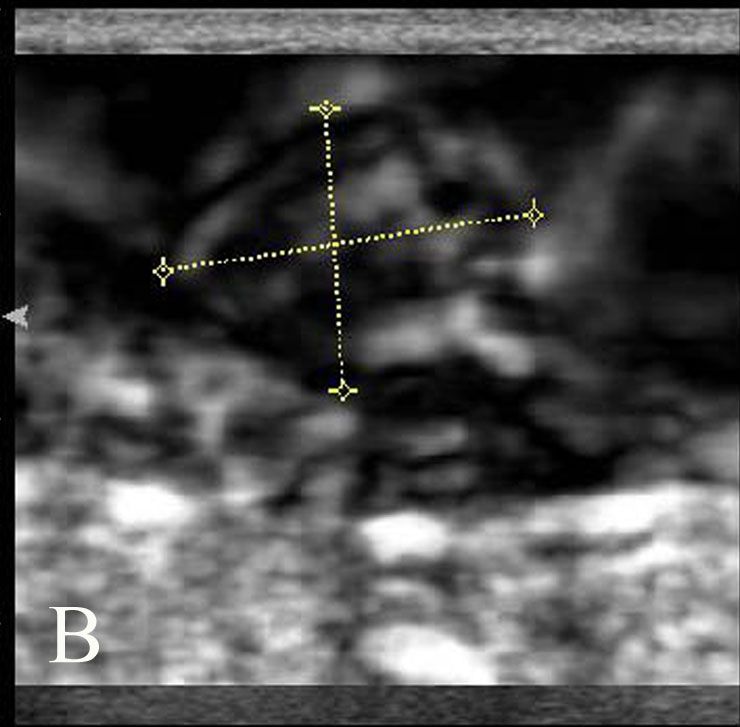Ultrasound elastography slashes needless breast biopsies
Ultrasound elastography could be an effective means of reducing unnecessary breast biopsy, according to an ongoing study presented Monday at the 2009 RSNA meeting.
Ultrasound elastography could be an effective means of reducing unnecessary breast biopsy, according to an ongoing study presented Monday at the 2009 RSNA meeting.
About eight of every 10 breast biopsies turn out to be benign. Elastography can better distinguish between benign abnormalities and cancerous breast lesions and keep unnecessary needle biopsies from ever taking place, said Dr. Stamatia V. Destounis, a diagnostic radiologist at Elizabeth Wende Breast Care in Rochester, NY.

Cancerous tumors tend to be stiffer than benign cysts or healthy tissue. Though useful for imaging breast tissue, standard B-mode ultrasound may underestimate some lesions as it visualizes only the actual mass and not its surroundings. Elastography, on the other hand, can measure the stiffness of a lesion and more easily distinguish between a fluid-filled abnormality and a malignant cancer, Destounis said.
Elastography software, which allows testing of tissue elasticity with little transducer pressure, can be added to existing standard ultrasound equipment, she said.
“You can perform elastography at the same time as handheld ultrasound and view the images on a split screen, with the two-dimensional ultrasound image on the left and the elastography on the right,” she said.
The ongoing study of 179 patients, conducted at the Charles Cross Hospital Unit in London, U.K., found that ultrasound elastography correctly identified 98% of malignant lesions and 82% of benign lesions. Elastography also enabled researchers to accurately measure lesion size.
According to the American Cancer Society, there will be an estimated 192,370 new cases of invasive breast cancer and 62,280 new cases of ductal carcinoma in situ in the U.S. in 2009. Elastography could help differentiate these from benign cases, Destounis said.
The Reading Room: Racial and Ethnic Minorities, Cancer Screenings, and COVID-19
November 3rd 2020In this podcast episode, Dr. Shalom Kalnicki, from Montefiore and Albert Einstein College of Medicine, discusses the disparities minority patients face with cancer screenings and what can be done to increase access during the pandemic.
What New Research Reveals About Novice Use of AI-Guided Cardiac Ultrasound
April 4th 2025In a study recently presented at the American College of Cardiology (ACC) conference, researchers found that novice use of AI-guided cardiac ultrasound after an AI-enabled electrocardiogram increased the positive predictive value for reduced left ventricular ejection fraction (LVEF) or aortic valve stenosis by 33 percent.
New AI-Enabled Portable Ultrasound May Facilitate 50 Percent Reduction in Cardiac Imaging Scan Time
March 28th 2025Artificial intelligence (AI)-powered measurement capabilities provide key features with the Compact Ultrasound 5500CV device, which was unveiled at the American College of Cardiology (ACC) conference.